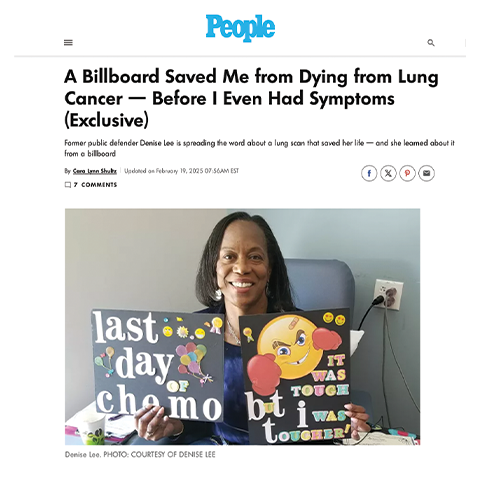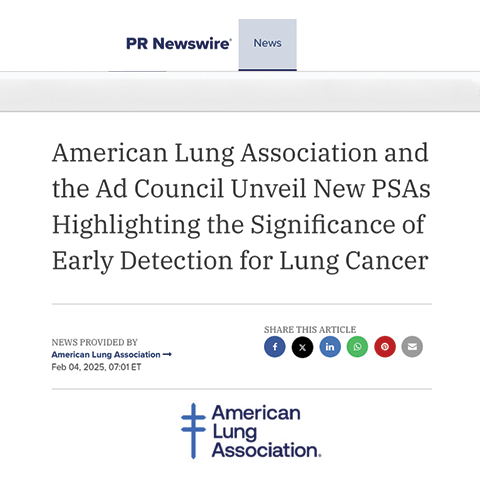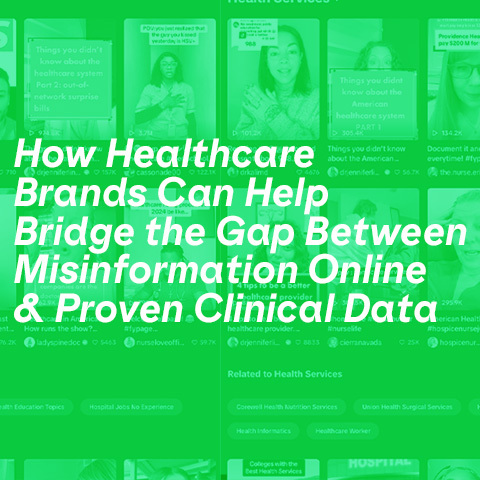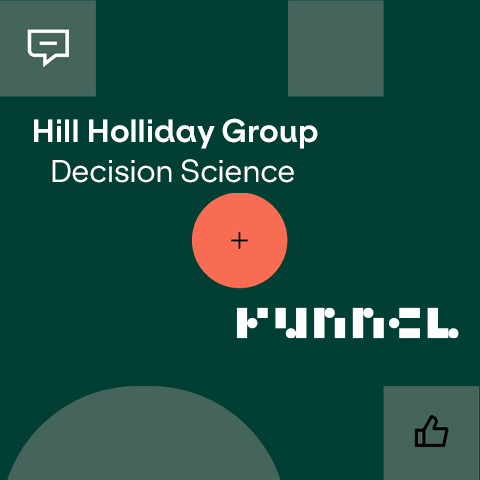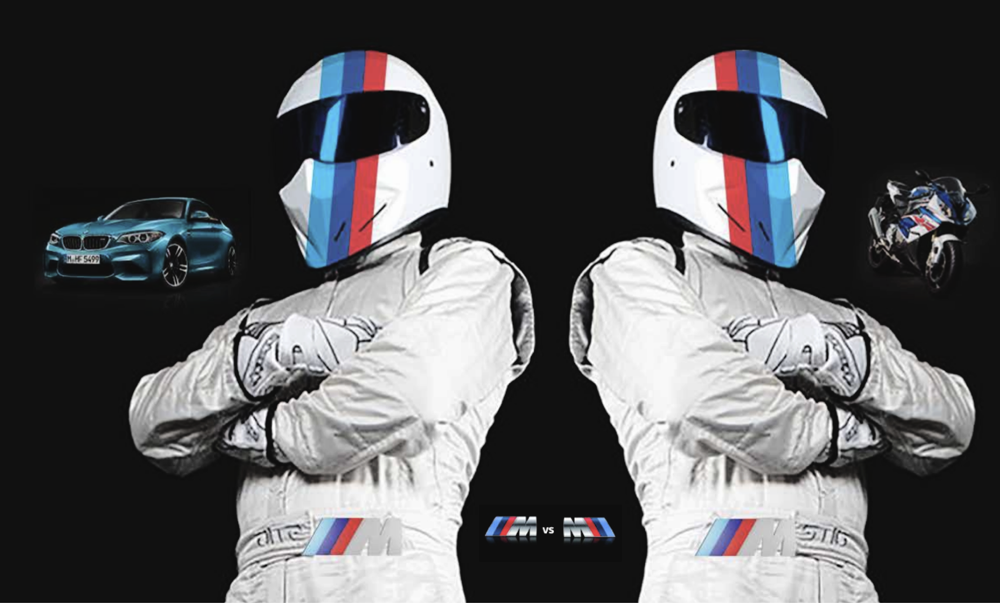
BMW Motorrad USA
BMW cars is well known in America, but that is not the same for BMW Motorrad, which has only 15% share of the US motorcycle market. So it was big news when BMW announced they were going to extend their M series of cars to include the first ever M motorcycle. We were asked to come up with an idea that would introduce it in a compelling and cost-effective way, while demonstrating its capability.
Many organ campaigns are serious, emotional, and appealing - which makes all the sense to the cause. Still, they don’t create identification in a significant part of the target: young people from sixteen to eighteen years old, who are about to apply for their first driver's license. So we decided to bring a different approach and a fresher point of view to impact this new audience for the first time. We launched a humorous campaign showing what can happen to the organs that are donated and to ones that are not, using the call to action "What life do you want your organ to have after your life?" The humor was the perfect hook to start a conversation with teens. And they loved it.
To bring the organs to life and create an impactful visual, we created every part of the poster. We built a big box that served as a canvas for our characters and scenario. Then we handcrafted more than 20 design elements and positioned them in every space in the box. The depth of the box determined the size and proportion of each element. Everything was designed with felt, from the scenario itself to the objects and organs. It took weeks of work to create each character's expression, develop the different textures, and manually build the tiny pieces that comprise the ad. Color also has an important role in this campaign. The idea was to highlight the positive aspects of donating organs and show the sadness of ending up in a claustrophobic coffin. In the end, we didn't use photo manipulation to achieve the final result. It was all created analogically.

